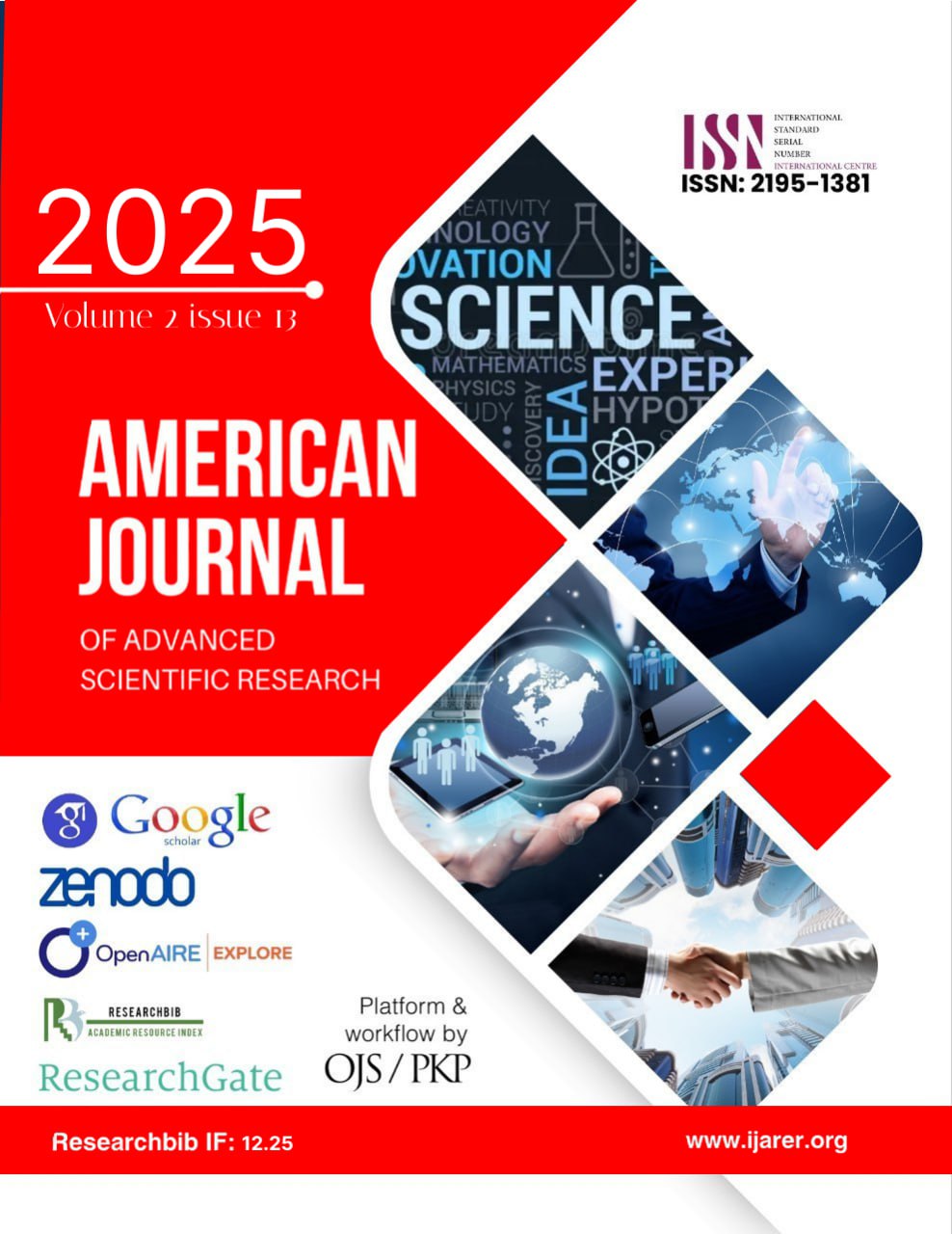THE NEGATIVE ROLE OF PSEUDOMONAS AERUGINOSA IN THE PRACTICE OF SURGICAL DISEASES AND THE URGENCY OF COMBATING IT
Abstract
With a very big genome and remarkable genetic aptitude, Pseudomonas
aeruginosa is an aerobic, rod-shaped, Gram-negative bacterium that can survive in
a wide range of settings and withstand a wide range of physical circumstances.
Because of its biological adaptability, P. aeruginosa is a major cause of infections
linked to healthcare across the globe and can cause a wide variety of illnesses in
people with severe underlying medical disorders. The majority of P. aeruginosa's
clinical presentations are community-acquired and healthcare-associated infections.
Numerous virulence factors that P. aeruginosa possesses work against the host's
defenses. In order to combat the majority of antibiotic classes, it can cause direct
harm to host tissue while leveraging high levels of acquired and inherent
antimicrobial resistance mechanisms. A major treatment problem is P. aeruginosa's
ability to co-regulate numerous resistance mechanisms by constantly shifting
targets. Therefore, new methods for creating anti-Pseudomonas drugs are
desperately needed. Here, we go over the main P. aeruginosa infections and talk
about new treatment approaches that could be developed for clinical usage to address
antibiotic resistance and P. aeruginosa infections. Vectored immunoprophylaxis
(VIP), an alternative to conventional vaccinations, uses a safe and efficient adenoassociated virus (AAV) gene therapy vector to generate therapeutic monoclonal
antibodies (mAbs) at sustained levels in vivo from a single intramuscular injection.
We will highlight AAV-VIP as a promising innovative therapeutic platform, address
current and emerging treatment methods for P. aeruginosa infections, and give an
overview of P. aeruginosa biology and important pathogenic pathways in this
review

